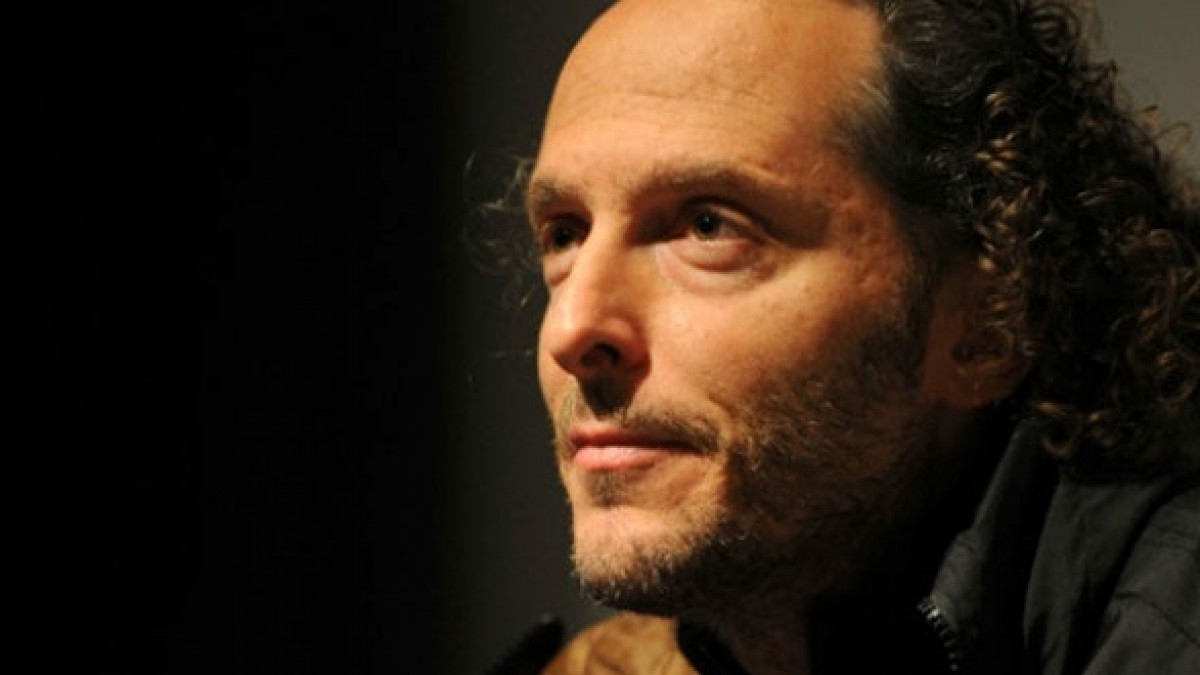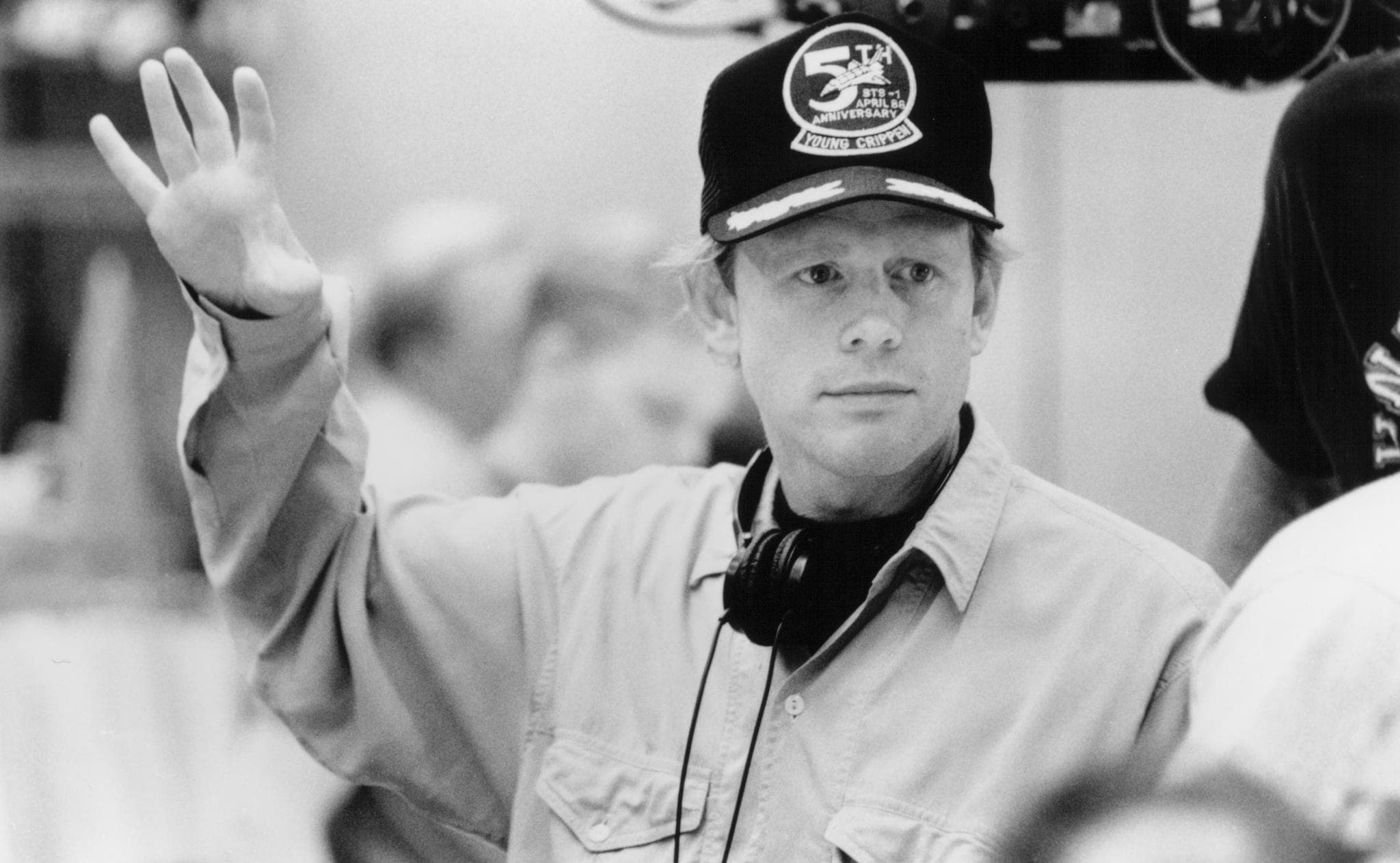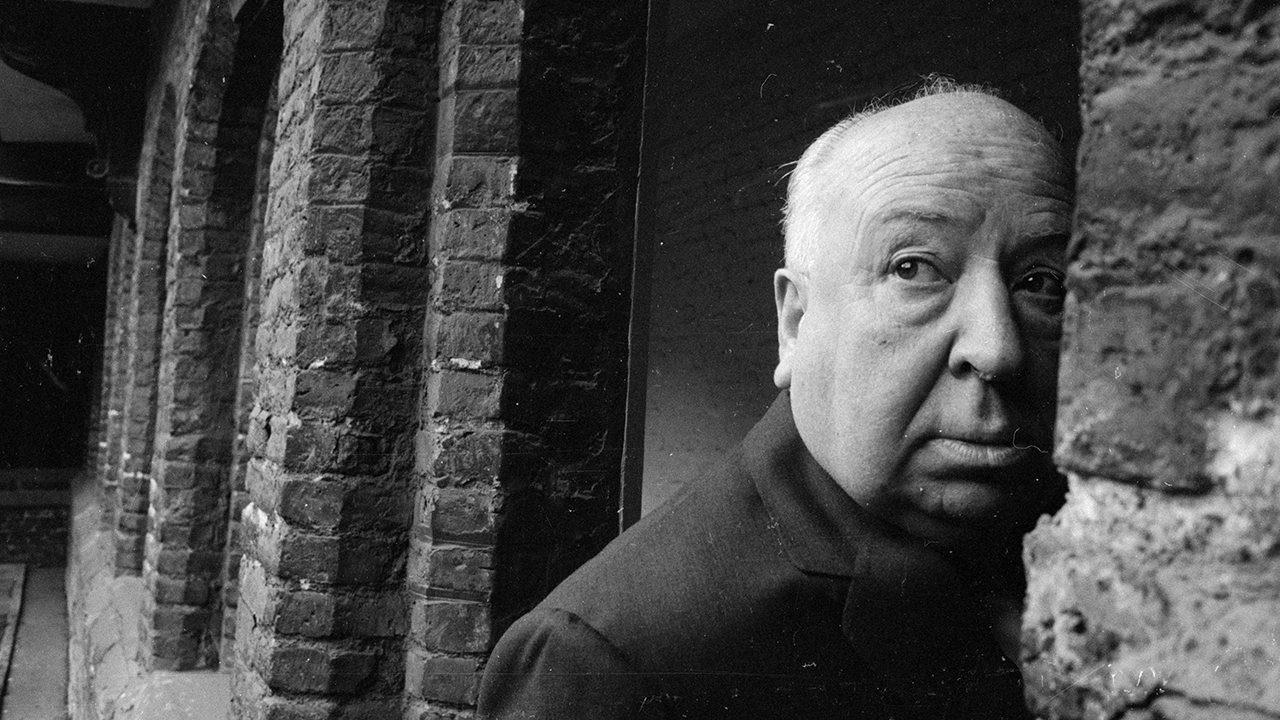The short history of world cinema witnessed amazing cinematographers, either with a technical brilliance or with the power of infinite imagination. But, in no other cinematographer, both the traits are conjoined as a deadly combo as in the Mexican cinematographer Emmanuel Lubezki. With his ingenious techniques of framing, camera movements and use of natural and artificial light, Lubezki is considered as one the greatest cinematographer in the history of world cinema.
Lubezki, who is fondly called by the nickname “Chivo”, means goat in Spanish, made his presence known in Hollywood through the 1994 flick Reality Bites. The indie type movie was noted for its simplistic cinematography striped down of every adornment. He got his first Oscar nomination in the following year for A Little Princess directed by Alfonso Cuarón. Later, Lubezki collaborated with Cuarón (Gravity, A Little Princess, Great Expectations, Y tú Mamá También, Children of Men), Terrence Malick (The Tree Of Life, the New World, Knight Of Cups, To The Wonder), Tim Burton (Sleepy Hollow), Alejandro González Iñárritu (Write the Future, Birdman, The Revenant), and Michael Mann (Ali).
“What’s In The Box? What’s In The Box?” David Fincher’s Secrets Of Filmmaking
Every time, Lubezki turned up with something new, like amazingly atmospheric approach in Sleepy Hollow, vivid light patterns in A Little Princess, the micro level detailing in Ali, highly emotional frames in Y tú Mamá También, tricky and nearly impossible camera movements in Children of Men, or technical adventures in Gravity and Birdman. He holds the record of taking home the Oscars for the Best Cinematographer in three consecutive years.
In this exclusive backstage interview at the 2015 Academy Awards, in which Lubezki kissed the golden knight for his immaculate work in Birdman or (The Unexpected Virtue of Ignorance), he opens up about the symbiotic, yet the problematic relationship between a cinematographer and a filmmaker. He stresses on the auteur stature of the director and a cinematographer commitment to it. He remembers how hard it was to choreograph the unusually lengthy shots of Birdman, as director Alejandro González Iñárritu insisted on using as many of them to keep the viewers under the movie’s weight.
Birdman was noted for its remarkable continues-shot style adopted by Iñárritu and Lubezki in order to give the movie a single shot look, which was an illusion created at the editing table with the help of editors Douglas Crise and Stephen Mirrone actually. Lubezki calls the first briefing with Iñárritu a nightmare because of the challenge and later he picked up the task and considered it as a real test of his potential. Gradually he got along with what Iñárritu wanted to immerse people in the emotional journey of the protagonist in Birdman.
Behind the camera, there is a world which is ruled by its single citizen. The unique thing about Lubezki’s realm is that he is the ruler and the ruled at the same time, and the kingdom is called imagination.
Written By: Ragesh Dipu




